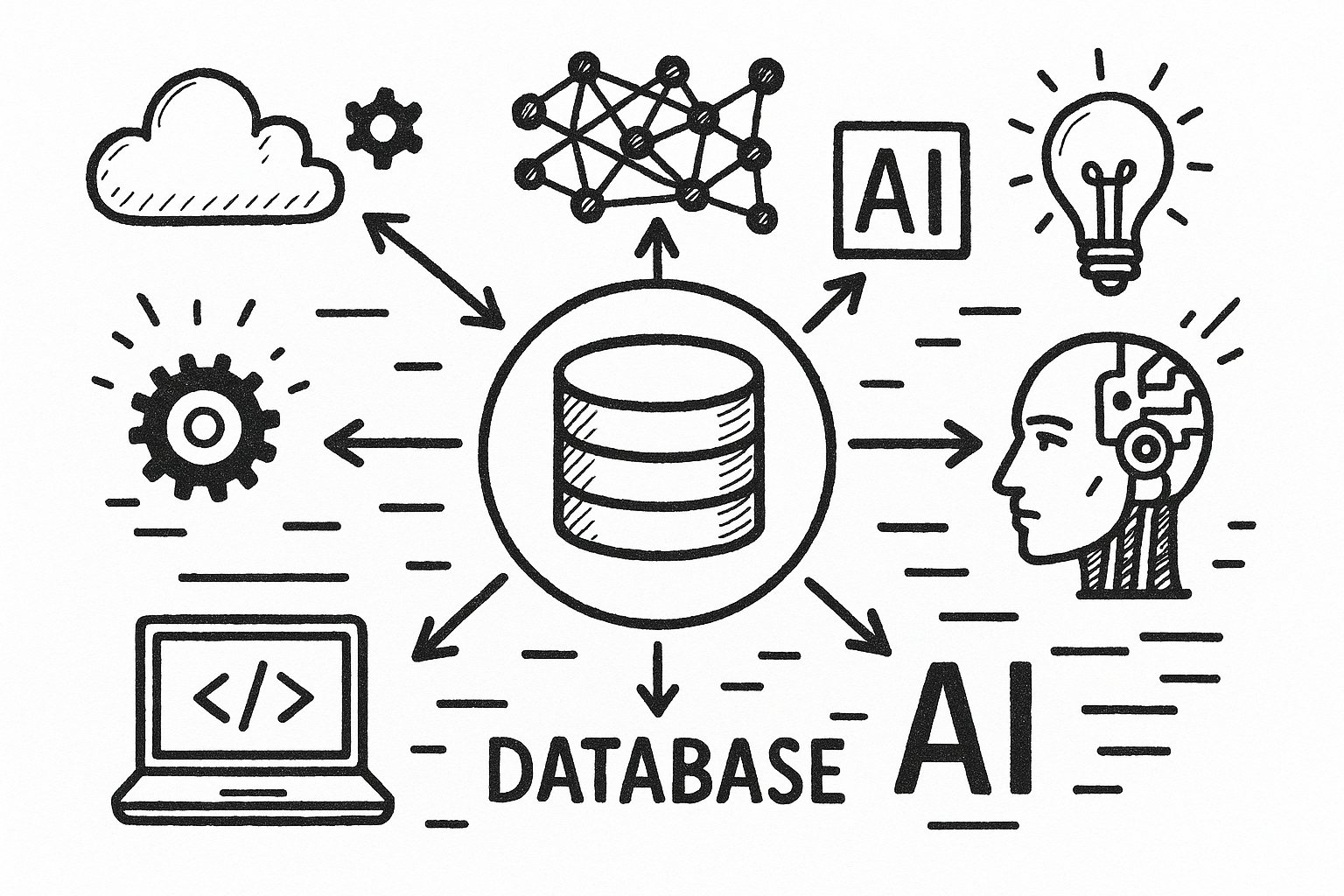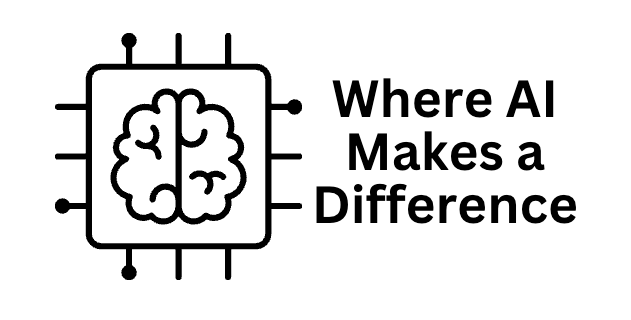“Change is the only constant.” Heraclitus, a Greek Philosopher, 2500 years ago.
Every business, manager, and problem is different, and tomorrow’s company, leader, and issue will differ from today’s. How can you build a monolith system or dashboard in a diverse scenario like this one?
Since the beginning of the software industry, companies have hired software developers to create custom applications for their specific cases. A team of developers would then profoundly understand the problem by interviewing all the stakeholders. Then, they would design a solution on paper that the client would approve, and only then would development start. We have improved this process in the last two decades using fast development methodologies like Agile. However, the software still needs to be updated as soon as it goes live. Thus, the cycle starts again, keeping the software team busy and the client hooked forever on maintenance fees.
Things change all the time in organizations. Be it because it launched a new product, the competition did something that made it react, the market evolved, or it replaced some managers. The only thing we know for sure about organizations is that they will be in constant change.
When VisiCalc, the first spreadsheet, came to be in 1979, every person in the organization with a computer and access to some data could build a quick solution to analyze data or keep track of operations processes. Spreadsheets like Excel and Google Sheets are excellent tools for the constant change in organizations, the different and evolving “tastes” of managers, and the particularities of the problem that needs to be solved today. They are flexible and easy enough to be used, not to say programmed, by many, not just engineers. Besides, they are cheap, which is especially important for small businesses.
The ubiquitous button “Download CSV file.”
Have you ever considered the “download CSV file” button that is everywhere on the web, from your Internet banking to Quickbooks Online? Why is that button there?
The last thing QuickBooks wants is for you to take away the information the software provides and do something else with it. It wants to give you all you need and keep you hooked on its interface. But here is the problem: No software, not even created by the best designer of all, would ever be able to address everything you need! So, QuickBooks and Internet banking customers ask for easy access to their data. That is why every software you can think about has the button “Download it as CVS” or something similar.
What do customers do with the data downloaded from the web? They add it to Excel or Google Sheets, of course! The spreadsheet gives them control over the data, so they can create the views they need, not the ones the software designers previously thought they would need.
Magic spreadsheets can auto-update themselves.
Spreadsheets have limitations; they cannot deal with a vast amount of data, they are not particularly fast, and it is not easy to input the data on the tables and keep them updated.
A new model has become available after the increased use of software integrations. With this model, one assumes the spreadsheet is the end solution, where one will build whatever one needs and keep it evolving with the organization. The spreadsheet integrates with data streams to quickly source it with fresh input.
Defog is one example of this new model, a spreadsheet connected to Amazon Seller Central that automatically retrieves sellers’ data to Google Sheets. Another example is Tiller, which imports personal financial transactions from bank and credit card accounts and seamlessly adds them to a spreadsheet.
Once the spreadsheet has the data, the users can use and customize pre-build dashboards or design their visualizations from scratch. The magic is that the most painful parts of the process, which are connecting with the databases, engineering the data, and adding it to the tabs, are done.
If you are an Amazon Seller, give Defog a try. You will experience what total control over your data means to the day-by-day answers you need.






